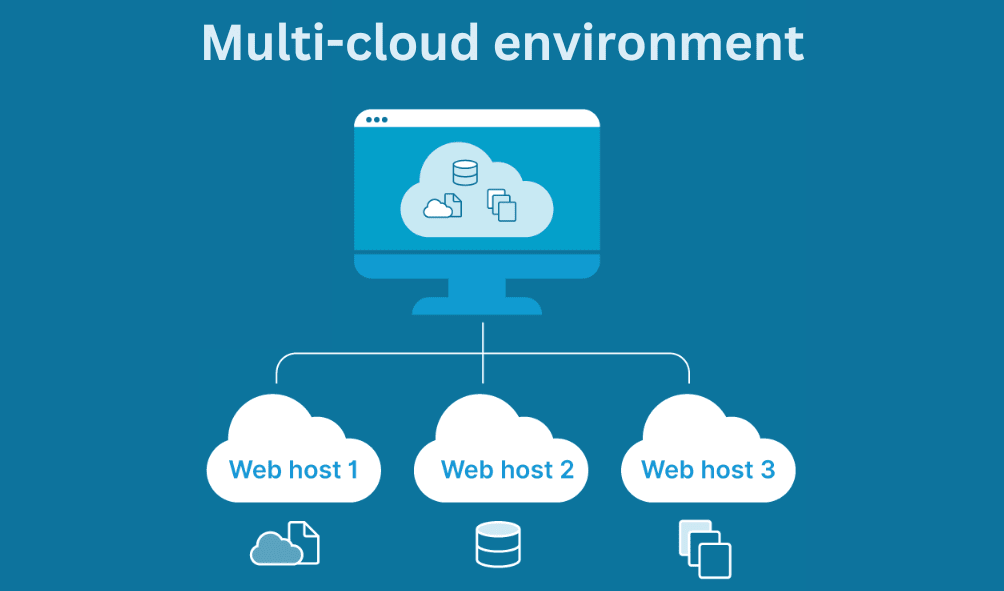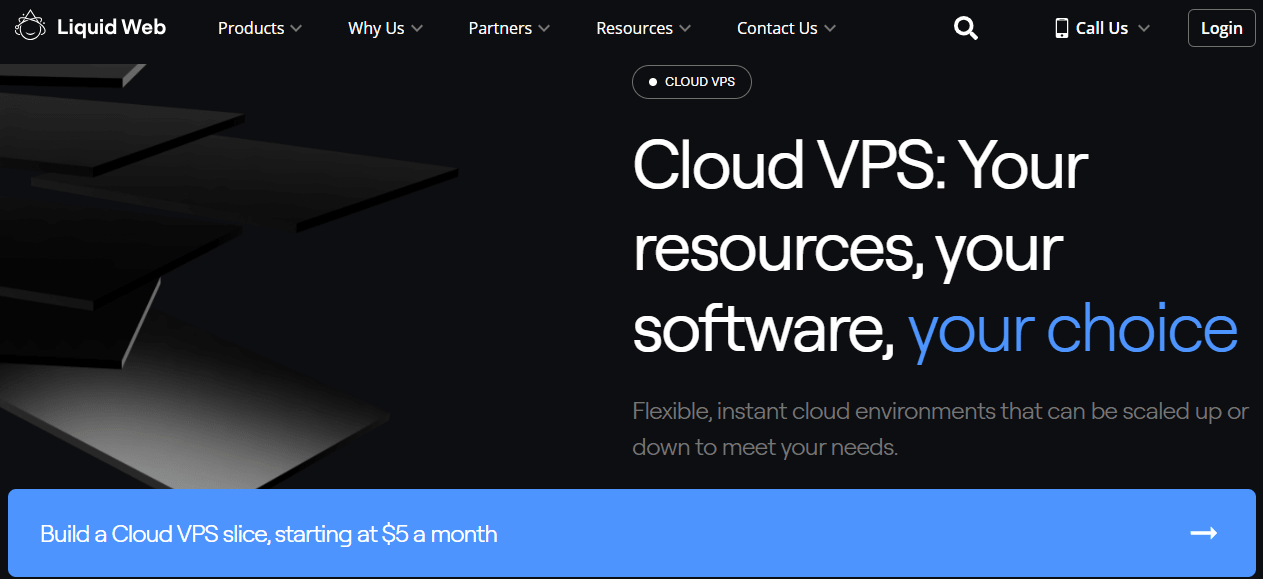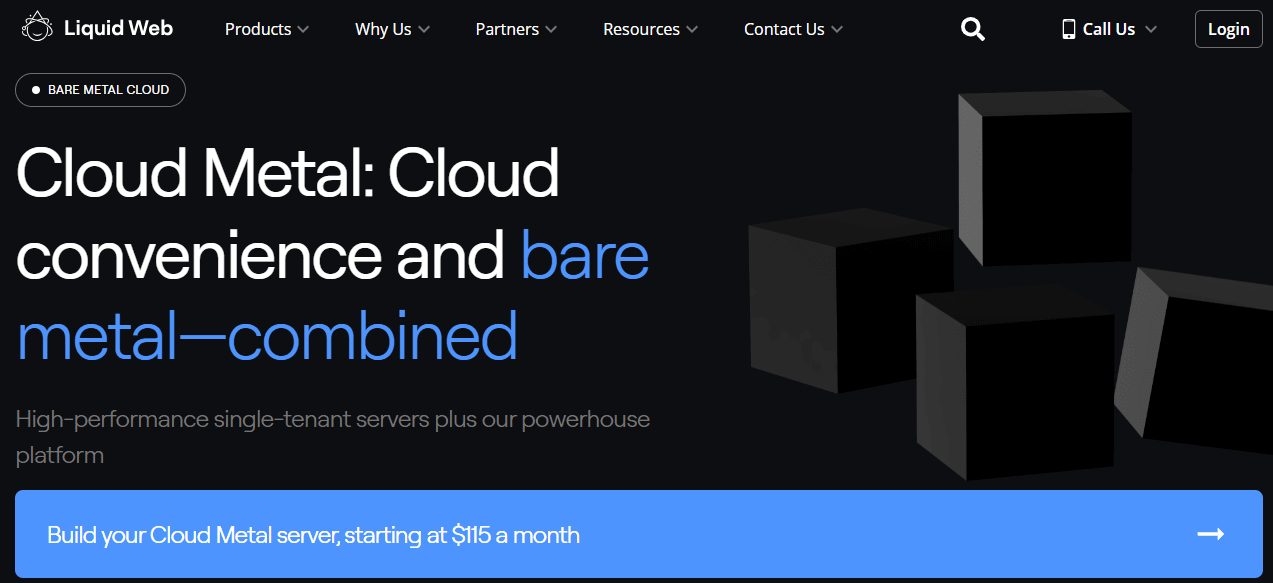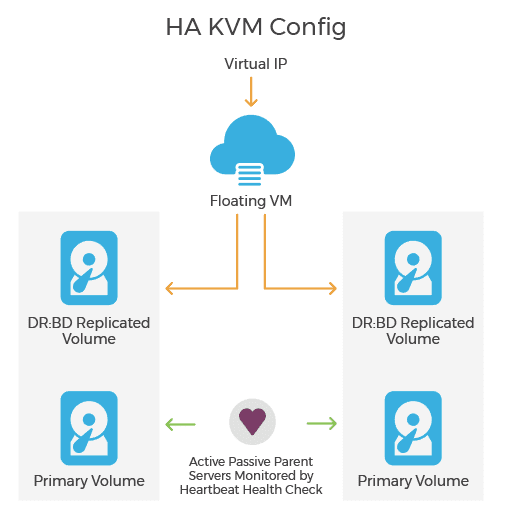Understanding cloud optimization: A comprehensive guide
Cloud computing has revolutionized business operations, offering flexibility, scalability, and cost-saving benefits. From startups to multinational corporations, organizations are swiftly transitioning to the cloud to capitalize on its various advantages.
Unfortunately, merely adopting cloud solutions isn't as simple as it sounds. It comes with challenges, particularly in managing costs and ensuring resources are used to their fullest potential. That's where cloud optimization enters the scene.
This guide will break down the basics of cloud optimization. It’ll also delve into current trends, solutions, and strategies to streamline business operations and improve efficiency in the cloud environment.
By understanding its nuances, you can ensure that your company not only thrives in a cloud-centric world but also maximizes its Return On Investment (ROI).
Unveiling the importance of cloud optimization
Cloud optimization is the strategic process of ensuring the most efficient usage of resources in a cloud-based environment. It's about fine-tuning and configuring resources to align perfectly with your business's needs and objectives.
In recent years, there's been a significant shift in how companies operate, with a heavy reliance on cloud technologies. This dependency isn't just a passing phase, which makes the role of cloud optimization even more pivotal for the following benefits:
- Cost reduction: Proper cloud optimization ensures businesses pay only for the resources they need, avoiding waste and unnecessary expenses.
- Improved efficiency and performance: An optimized cloud environment ensures the smooth running of applications and the most useful allocation of resources.
- Higher scalability: Businesses can quickly scale their operations up or down based on demand without incurring hefty costs.
- Flexibility: An optimized cloud environment provides the agility to adapt to changing business needs.
Market research provides some compelling insights that emphasize the growing adoption and importance of cloud optimization:
- According to Gartner, by 2025, over 85% of companies will adopt a cloud-first approach, signifying the dominance of cloud technologies in the business realm.
- Google also revealed that about 47% of cloud decision-makers believe digital transformation is synonymous with improving processes and gaining operational flexibility.
The true power of cloud optimization becomes evident when we delve into real-world scenarios.
Cloud optimization use cases
These use cases both underscore the importance of cloud optimization and highlight the tangible benefits businesses can derive from it.
Use case #1: Cost reduction through right-sizing
Consider a company that utilizes a public cloud service for its many applications, but there are several unused or underutilized resources, leading to inflated costs.
In this case, cloud optimization tools can meticulously analyze the company's cloud usage and offer invaluable recommendations for "right-sizing.” By ensuring that the resources align perfectly with the actual usage, the company can avoid paying for dormant capacity. They can also pinpoint cheaper regions or instances to run workloads, translating to even more savings.
Use case #2: Boosting efficiency with automation
Imagine a business that's neck-deep in manual management. They spend too much time and human resources just to keep their cloud resources in check.
Cloud optimization can be their game-changer. Equipped with features like resource allocation, load balancing, and routine maintenance that can automate a slew of tasks, these solutions ensure that the cloud operates at its optimal performance without manual oversight.
The result? The staff can shift their focus from mundane management tasks to strategic initiatives that add genuine value to the business.
Use case #3: Seamless scalability for dynamic needs
For an eCommerce business experiencing unpredictable traffic spikes and users, cloud optimization shines. With features like auto-scaling, businesses can effortlessly adjust their resources to sync with demand levels.
This means their platform remains robust, even during intense traffic surges, ensuring a glitch-free customer experience. And when the traffic drops, resources scale down, ensuring costs remain in check.
Use case #4: Fortifying security with proactive measures
Security is non-negotiable, and businesses constantly look for vulnerabilities that might compromise their cloud environment. Cloud optimization tools step in by continuously scouring the environment and identifying potential security vulnerabilities.
This means that business data and applications are in a secure environment and shielded from potential threats.
Emerging trends in cloud optimization
The realm of cloud optimization is ever-evolving, with new trends and technologies emerging to meet the dynamic needs of businesses. Let’s unpack them:
Artificial intelligence (AI) and machine learning (ML)
AI and ML play an important role in cloud automating processes, from proactive cost management and performance tuning to enhancing security.
For instance, by analyzing vast datasets, AI and ML can detect usage trends, identify peak times, and anticipate resource spikes. Such insights empower organizations to adjust resource allocation proactively, optimizing costs and ensuring seamless operations.
The rise of multi-cloud strategy

In a multi-cloud environment, an organization uses multiple cloud computing services from different cloud vendors simultaneously. This can include a combination of public clouds (like Amazon AWS, Microsoft Azure, Google Cloud Platform), private clouds, or a hybrid of the two.
Not being tethered to a single cloud provider offers businesses flexibility and is also crucial for disaster recovery.
A notable survey revealed that 87% of respondents have embraced a multi-cloud strategy. Additionally, the survey highlighted that large enterprises are clearly inclined toward multi-cloud cost optimization tools, with 68% prioritizing Financial Operations (FinOps) for finance management and 63% prioritizing security tools.
Security
The trend here is clear: businesses are ramping up their security measures. This includes advanced encryption techniques, stringent access controls, and continuous monitoring.
As cyber threats grow in sophistication, cloud optimization strategies are being fortified to ensure data integrity and safeguard business operations.
Managed service providers: The one-stop cloud solution
The complexities of cloud optimization can be daunting for many businesses. Enter managed service providers – particularly Liquid Web.

Liquid Web’s seasoned cloud experts have cutting-edge knowledge and a deep understanding of optimization nuances. Their expertise ensures tailored cloud optimization solutions, taking the weight off businesses while improving efficiency, reducing costs, and enhancing cloud operations.
As these trends continue to shape the landscape, organizations equipped with the right strategies and tools will be poised to harness the full potential of the cloud.
Decoding the complexities of your cloud bill
The allure of cloud computing begins with the promise of free or low-cost services. While many providers offer free tiers of their services, they often come with limitations – such as reduced performance, capped resources, or limited features.
That’s why paid-for cloud services can be a more viable and sustainable option for businesses seeking robust, scalable solutions.
However, IT leaders, cloud architects, DevOps engineers, CFOs, and many other professionals often grapple with the detailed and sometimes convoluted billing structures of these paid-for services.
With so many components and variables, understanding the nuances of these bills becomes essential for businesses aiming to strike a balance between operational efficiency and cost-effectiveness. These nuances include common terms like:
- Compute instances: These refer to the virtual servers your applications run on. Costs are often based on the type and size of the instance and how long it runs.
- Data transfer costs: Charges associated with the amount of data moving in and out of the cloud. This includes data going to other global regions or the internet.
- Storage costs: Charges for storing data in the cloud vary based on the type of storage (e.g., object, block, or file storage) and the amount of data stored.
- Understand bill components: Start by familiarizing yourself with each section of your bill. Know what each charge represents and how it correlates to your cloud usage.
- Identify hidden charges: Some costs, like data retrieval or additional service fees, might not be immediately obvious. Scrutinize your bill to ensure you're aware of all charges.
- Leverage cloud cost management tools: Numerous tools and services can help you analyze, forecast, and optimize your cloud costs. They provide insights into usage patterns and can offer recommendations for cost savings for cloud spend.
- Perform regular audits: Consistently monitor and review your cloud bills and usage patterns. Periodic audits can help identify areas of wastage or inefficiencies.
- Optimize resources: Always ensure you're using the right size and type of resources for your needs. "Right-sizing" can lead to significant cost reductions.
It’s important to remember that the challenge is even bigger for businesses leveraging multi-cloud or hybrid cloud strategies. Managing bills from multiple providers with unique pricing models and terms requires even more diligence.
It's essential to maintain a consolidated view of all expenses, understand the nuances of each provider's billing structure, and employ centralized cost management practices.
Developing a cloud optimization strategy that works
In order for companies to truly gain a competitive edge, they must implement cloud optimization best practices via a well-thought-out strategy to ensure maximum value from their cloud investments.
Here's a blueprint to develop a cloud optimization strategy that not only works but moves your business forward:
- Understand your cloud requirements: Investigate your organization's unique needs thoroughly. Are you looking for scalability, performance, cost-effectiveness, or all of the above? By clearly defining your requirements, you can tailor your cloud strategy to align perfectly with your business objectives.
- Actively manage your cloud resources: Don't let your resources run on autopilot. Regularly assess, manage, and adjust resources to ensure they're in sync with your current needs. This proactive approach can lead to cost savings and improved efficiency.
- Monitor and analyze cloud usage: By consistently monitoring and analyzing your cloud usage patterns, you gain insights into areas of inefficiency, potential cost savings, and opportunities for improvement.
- Embrace automation tools: Leveraging tools that automate resource allocation, load balancing, and routine maintenance can significantly enhance efficiency and reduce costs.
- Employ the ‘rightsize and lifecycle' principle: At the heart of cloud optimization lies the principle of 'Rightsize and Lifecycle'; this ensures that IT resources are provisioned appropriately – neither underutilized nor overburdened. It also entails managing these resources throughout their lifecycle, from deployment to retirement.
- Build expertise with CCOE or managed service providers: Whether you're building an in-house Cloud Centre of Excellence (CCOE) team or partnering with managed service providers like Liquid Web, expertise is non-negotiable. These entities bring a wealth of knowledge and best practices to the table, ensuring your cloud optimization strategy is on point.
- Align your strategy with your business goals: Your cloud optimization strategy must be in harmony with your overarching business goals. From market expansion and product innovation to customer experience enhancement, your cloud strategy is the catalyst for achieving these objectives.
By integrating these components and continuously refining the approach to fit your specific needs, you can grant yourself a smooth cloud transformation.
Choosing the right cloud service: Introducing Liquid Web
Liquid Web isn't just another cloud service provider. With a dedicated team primed to craft custom solutions, Liquid Web ensures that every client's unique requirements are met with precision.
With 24/7/365 technical support, Liquid Web guarantees you’re provided assistance whenever needed. Even for those wary of the cloud migration process, signing up to Liquid Web comes with a free migration service for a seamless transition.
Here are several perks of choosing Liquid Web:
VMware Private Cloud

Liquid Web’s VMware private cloud is a testament to their commitment to cloud infrastructure optimization. It’s designed for scalability without compromising cost-effectiveness.
This private cloud service is powered by VMware and NetApp – trusted technologies in the virtualization and storage sectors, respectively – to create a robust and reliable infrastructure for your online business operations. It comes in both dedicated and multi-tenant configurations, providing a range of options to fit different business needs.
Not only does it supercharge performance and efficiency, but its rapid scaling capabilities ensure that businesses can adapt to changing needs swiftly and stay resilient against outages.
Liquid Web goes a step further by consolidating data centers on a single platform, catering to specific business imperatives, whether it's accommodating high growth or stringent compliance requirements. Liquid Web’s expert-managed services ensure that backend operations run smoothly, leaving businesses to focus on what they do best.
Cloud Virtual Private Server (VPS)

Cloud VPS allows you to host websites and applications and meet data requirements without the need for a physical server. This virtualization enables easy scaling across multiple cloud servers, providing a blend of convenience, scalability, affordability, and reliability
Liquid Web's Cloud VPS runs on their Cloud Studio platform, which is an elastic solution, allowing you to scale your resources as your business needs change. This scalability is granular, ensuring that you have the right amount of resources at any given time without overspending.
Cloud Metal

Liquid Web's Cloud Metal is an offering that combines the flexibility of cloud computing with the power of dedicated bare metal servers. It provides a high-performance hosting solution by offering dedicated bare-metal servers. This means you get an entire server to yourself, providing better performance and stability compared to shared hosting environments.
Even better, Liquid Web empowers you to hot-resize between cloud VPS and cloud metal, and vice versa, at any time without the hassle of migrating. This feature ensures a seamless transition when scaling up or down based on your changing needs.
High availability hosting

Startups and high-traffic websites understand the importance of uptime and how every second of downtime can translate to lost revenue.
That’s why Liquid Web's Cloud Studio is built on enterprise-grade Dell and Cisco infrastructures and Intel Xeon and AMD EPYC processors. This setup provides a reliable and high-performance environment for hosting your online business applications and data with maximum uptime so you can remain accessible to your customers around the clock.
Compliance offerings
Whether you're a healthcare provider navigating the intricacies of complying with the Health Insurance Portability and Accountability Act (HIPAA) or a financial services provider adhering to the PCI Security standards, Liquid Web has got you covered. The company’s diverse compliance offerings allow businesses to choose solutions that align with their regulatory requirements.
Set up, configure, and maintain your hosting in any way you like. Nothing is bundled into your base plan, allowing you to add only the features and services you require. This gives you a greater degree of control over your hosting environment.
From improved performance and reduced costs to enriched security, the advantages of partnering with Liquid Web are tangible and impactful. You can even choose the level of management that suits your needs. Whether you prefer a fully managed solution or wish to manage the server yourself is up to you.
Action plan: Harnessing the power of cloud optimization for your business
Optimizing cloud resources isn't a one-time endeavor – it requires careful planning, regular monitoring, and consistent analysis. These pillars ensure that businesses can adjust to changing needs, identify areas of inefficiency, and continuously refine their cloud strategy for maximum ROI.
By implementing an effective cloud optimization strategy, businesses can ensure that they extract the maximum value from their cloud investments, thereby enhancing efficiency, reducing costs, and staying ahead of the competition.
Because every business is unique with different cloud requirements, it's essential to choose a cloud service that aligns perfectly with your business objectives. With Liquid Web’s diverse offerings, unwavering support, and commitment to excellence, your business can truly harness the power of the cloud.
Reach out to Liquid Web today, discuss your unique requirements, and embark on a cloud journey that promises growth, innovation, and success. Your optimized cloud future is just a conversation away!
Related Resources
Keep up to date with the latest Hosting news.



